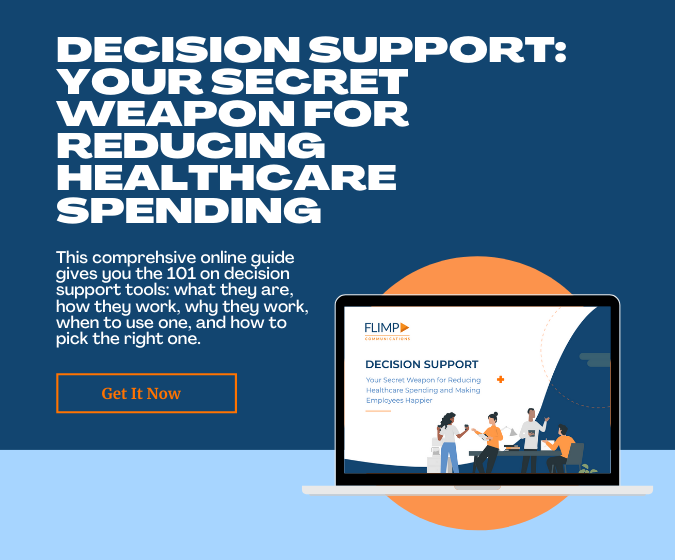 It’s no secret that millennials at work crave better technology to perform daily tasks, learn about employee benefits, communicate with peers and superiors, and more. Millennials are well versed in how to use technology to simplify their work and lives. They learn fast because they inherently understand that new technology can make many things easier and more efficient.
It’s no secret that millennials at work crave better technology to perform daily tasks, learn about employee benefits, communicate with peers and superiors, and more. Millennials are well versed in how to use technology to simplify their work and lives. They learn fast because they inherently understand that new technology can make many things easier and more efficient.
But there’s a downside to introducing new technology to millennials at work. If the tech you sponsor and try to implement isn’t useful, millennials won’t use it. Worse, they could become disengaged. Millennials expect new software, devices and apps to improve their work or personal lives. If it fails at that, they won’t engage with it.
Depending on who you ask, as much as 71% of millennials are disengaged at work. Bad technology is a common culprit. How can you use technology to help your employees become more engaged?
What Millennials at Work Want
To engage millennials, you have to meet them halfway. People born in the ‘80s and ‘90s were introduced to rapidly evolving technologies at an early age, so there’s little need to worry that a new system will confuse your younger team members (outdated technology like floppy disks and rotary dial telephones are more likely baffle them). Millennials are digital natives. Some might remember the days of dial-up internet, but most will be ready and willing to try out new tech features and apps. They’re often especially eager if it streamlines processes like internal communications and benefits decision support.
 Millennials want more than just apps and tech systems that function. They want versatility. They want flexibility. Employee communication systems that promote mobility making it easier to work remotely is a great way to do this. If your business doesn’t already allow for remote work, consider making it available. You don’t want an empty office, but making it easier to work from home, even in a limited fashion, helps attract and retain more than just millennials. Working parents or those helping to care for aging parents will appreciate the flexibility, too.
Millennials want more than just apps and tech systems that function. They want versatility. They want flexibility. Employee communication systems that promote mobility making it easier to work remotely is a great way to do this. If your business doesn’t already allow for remote work, consider making it available. You don’t want an empty office, but making it easier to work from home, even in a limited fashion, helps attract and retain more than just millennials. Working parents or those helping to care for aging parents will appreciate the flexibility, too.
Growth a Priority
Beyond flexibility at work and having access to intuitive technologies that make their lives and jobs easier, millennials want fulfillment. They want personal and professional growth. Everything you do as a company leader trying to help millennials on your staff should be done with this in mind. That means that your technology investments should make it easier for millennials (and all workers, for that matter) to improve. Streamlining communications is a great way to do this because open lines of communication bolstered by investments in technology give millennials at work the opportunities they need to grow professionally. This leads to higher satisfaction in their work, increased motivation, and better engagement overall.
Example: Benefits Enrollment
At Flimp Communications, we make it easy for employees to learn about and enroll in company benefits without the usual headaches. With PLANselect®, our benefits decision-support tool, employees can enter a secure online portal, learn about their different options via video content, then answer a few questions about their health and lifestyle, and learn about the value each plan offers them specifically. What makes this tool particularly attractive to millennials is that they’ll already understand how to use it, and it helps them understand the less-familiar realm of healthcare benefits. Streamlining the process of choosing and enrolling in healthcare and other company-offered benefits certainly appeals to millennials.

